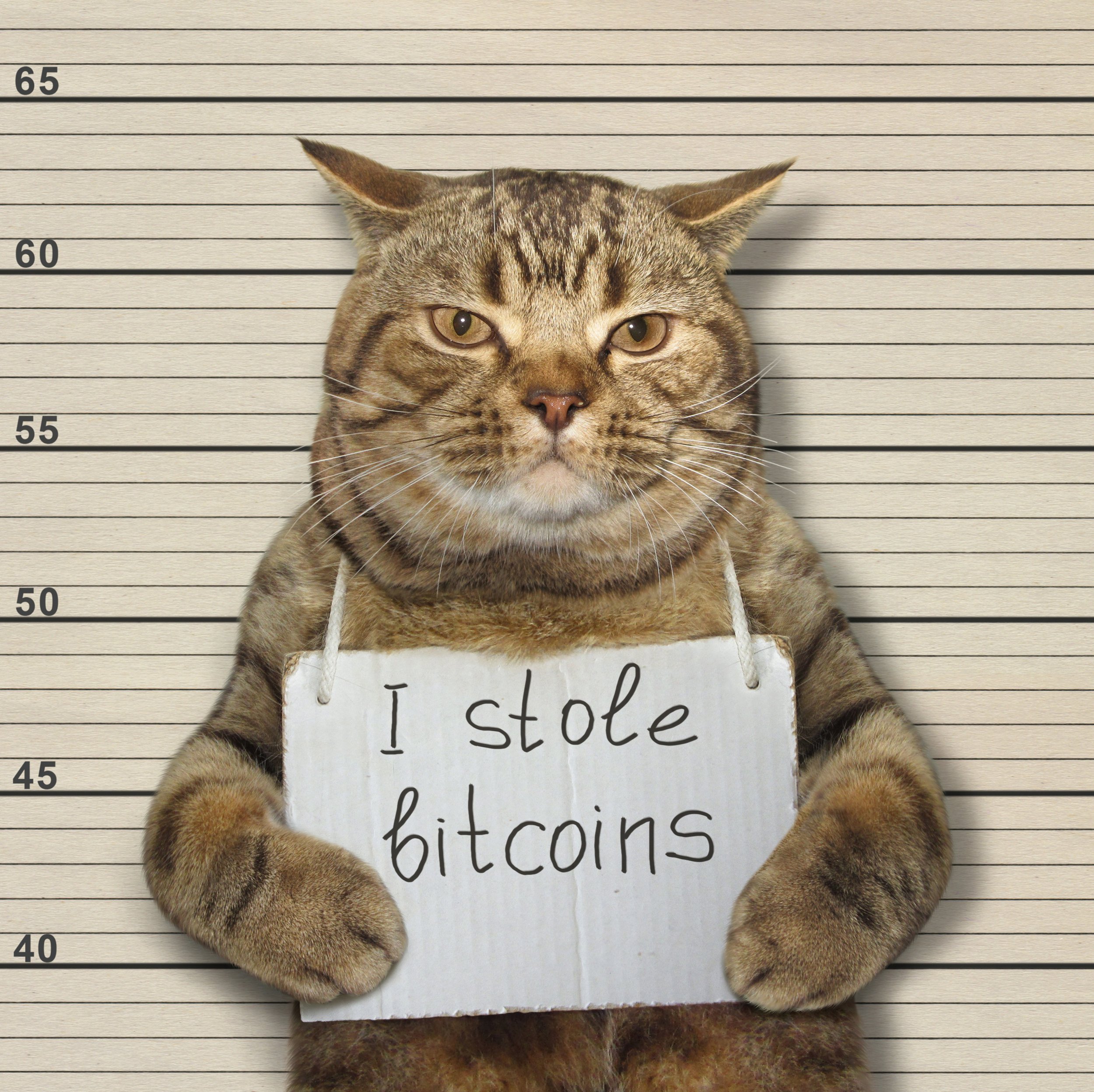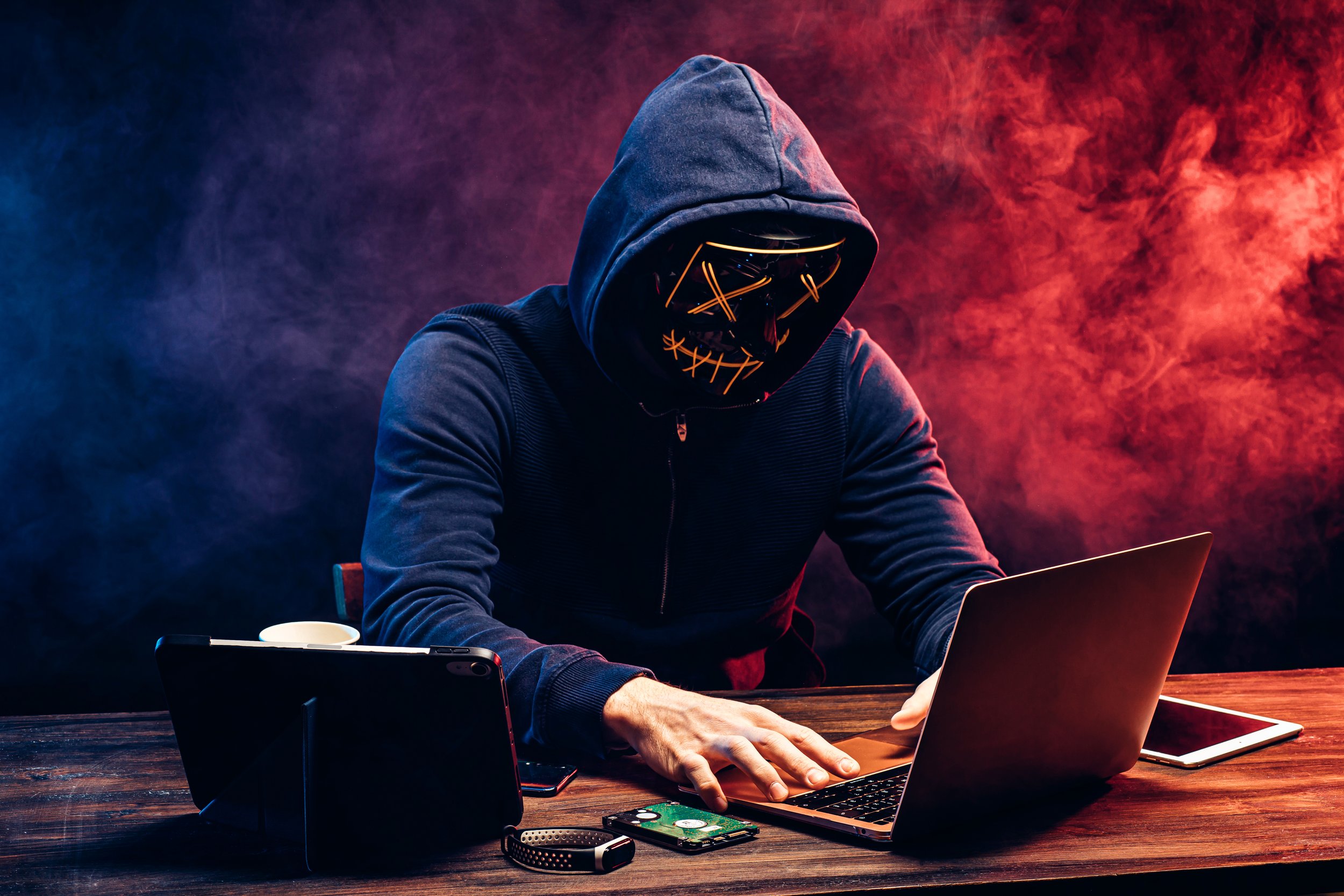Your cart is currently empty!
Introduction
As a crypto enthusiast, you know that it’s important to protect your coins. But with so many scams out there and new threats appearing every day, it can be hard to keep up with the latest scams and hacks. Luckily for us, there are some simple steps we can take to keep our coins safe from hackers and scammers alike.
Enable two-step authentication
In this day and age, two-step verification is a good way to keep your accounts as safe as possible. If you’re not already using it, start now!
This is how it works: when someone tries to log in to your account, they’ll need both their password and an additional code that you receive via text message or email. This way, even if someone has the correct username and password they will still not be able to access your account unless they also have access to your phone or computer with an internet connection (and if they do have access then we recommend changing all of your passwords ASAP).
Use a passphrase to protect your wallet
If you are worried about someone stealing your Bitcoin (or Other cryptocurrencies), it’s a good idea to use a passphrase or pin for your wallet. If you’re using a hot wallet there is usually an option to enable a password or pin. Sometimes even biometrics like facial recognition or fingerprint. If you’re using a hardware wallet there is also this option we recommend taking advantage of as many security features as possible when it comes to protecting your assets!
Create backups of your wallet
Sometimes, a good backup plan is the best way to protect your crypto. Here are some ways to make sure you always have a backup of your wallet.
-
Never back up your wallet to a cloud storage service like Google Drive or OneDrive. These services allow you to access files remotely, so if someone gets access to one of your devices or accounts they may gain access to all your backups and assets!
-
Make sure that you create multiple backups on different mediums (e.g., metal plates, paper wallets, even carved into a wood board ). A lot can go wrong during this process—and if something does go wrong with one of these backups, at least don’t lose everything at once!
Copy/Paste addresses, don’t type them out
Copy-and-paste is your friend. That’s also a good rule for life in general, but in this case, it’s especially applicable when it comes to dealing with cryptocurrency exchanges. Don’t type out your wallet address—copy and paste it from another source like the one you’re reading this on right now.
This is important because typing out an address (or entering one into a form field) can often lead to errors. One false move could spell disaster for your crypto investments!
Verify the address you are sending funds too
You should verify the address you are sending funds to or any other type of transaction. This can be done through a number of different methods:
-
Verify the address. This is done by checking that it matches the one given in your original payment request. You can do this by looking at either your online wallet or on paper copies of receipts (if you have them).
-
Verify the URL. If there is any doubt over whether a website is genuine, then check with Google Search to see if it has been reported as fraudulent before entering any personal details or passwords into their website form fields – even if they look legitimate!
Only buy cryptos on trusted platforms/exchanges
It’s important to remember that when it comes to cryptocurrency, there are no guarantees. You should only buy cryptos on trusted platforms/exchanges. For example, if you’re using a wallet provider or hardware wallet, they should be trustworthy and reliable. If you’re buying from an exchange like Coinbase (which is not the same thing as a wallet provider), make sure it uses robust security practices so that your funds are safe.
You can also choose to avoid hot wallets altogether by opting for cold storage solutions such as paper wallets or hardware wallets—but even those come with their own risks if used incorrectly!
Use a hardware wallet
To keep your crypto assets secure, you should consider using a hardware wallet(eg. Ledger, Trezor, CoolWallet, SecuX, Ellipal) These devices are physical devices that store your cryptocurrencies offline. You can use them to store multiple currencies and make transactions with them, as well as recover funds if your computer is stolen or damaged.
Hardware wallets are also ideal if you’re concerned about leaving your phone unattended in public places, but don’t want to risk losing access to your coins when it’s in the same room with you (you never know what might happen).
Educate yourself on phishing scams (verify the URL before logging in)
Phishing scams are a common way for hackers to steal information. They’re usually hard to spot because they look like official emails, websites or apps. The scammers use these fake platforms to ask you for personal information or money.
They can make their phishing emails seem so legitimate that even an experienced crypto investor might fall prey to them. Don’t be fooled! A good rule of thumb is this: if you aren’t sure about the URL of an email you received, don’t click on it right away—verify its authenticity first by doing some simple research on search engines like Google and Bing (or DuckDuckGo).
Protect yourself against social engineering attacks
If someone asks for your social security number, credit card number or bank account number, don’t give it to them. If they ask you to click on a link in an email, don’t click the link. If they tell you that great things will happen if you send them money (e.g., “We’ll give you $1 million if we can wire transfer funds into your account”), run for the hills—fast!
-
Use two-factor authentication (2FA). This method requires an additional piece of information beyond just a username and password combination before logging into an account online or making any financial transactions over the Internet. Two-factor authentication can be done through text message verification, Google Authenticator app verification (recommended)
Determine what information needs to be shared with third parties
As you begin to navigate the world of blockchain and cryptocurrency, it’s important to understand how you should handle your data.
If you are just getting started with crypto, one of the first things you will need to do is determine what information needs to be shared with third parties. It’s important that this process is done correctly so that there is no confusion later on in the process. For example: if a company requests your username and password, they should not ask for any other information (such as your address or phone number). They also shouldn’t ask for access to any other accounts such as Facebook or Twitter—those should remain private too.
There are a few simple steps you can take to keep your crypto safe.
-
Buy a hardware wallet.
-
Use a passphrase to protect your wallet.
-
Create backups of your wallet.
-
Copy/paste addresses, don’t type them out. But also make sure you verify the address you are sending funds to before doing so; this step will help prevent phishing scams(or worse, donating it to the void)
-
Buy cryptocurrencies on trusted platforms/exchanges; don’t give away private keys like candy at Halloween parties(They will take it and run away with all your coin)
Conclusion
The good news is that there are many ways to protect your crypto and keep it safe. By using two-factor authentication, a passphrase for wallet access, creating backups of your wallet and verifying addresses before sending funds, you can significantly reduce the risk of losing any of your coins. While there is no way to completely eliminate this risk entirely (especially given how easy it is to copy-paste or type out an address), these tips will help keep most people safe from hackers (and themselves).


